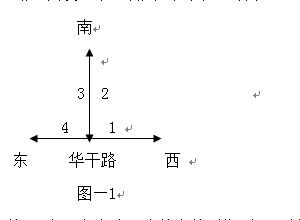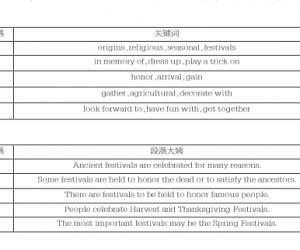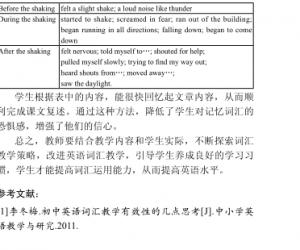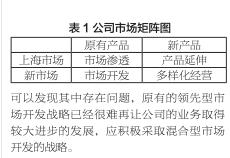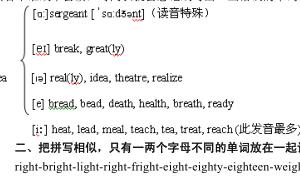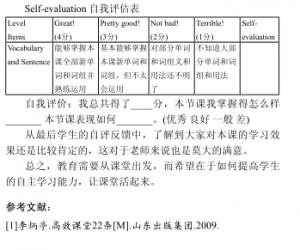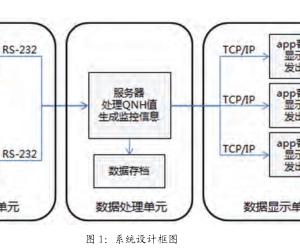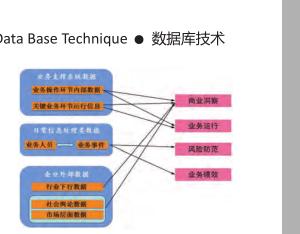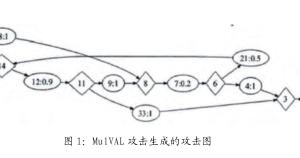The Application of Phonics to Vocabulary Teaching in Junior High School
收藏
打印
发给朋友
发布者:lunwenchina
热度0票 浏览182次
时间:2019年12月03日 11:18
衡阳师范学院南岳学院/胡渲
【Abstract】 English teachers in Junior school should use phonicsand teach their students the relations between the pronunciationand the form of words, guiding students cultivate a suitableway to remember words. In order to lay a solid foundation forstudents’ English learning in the future, teachers help studentsimprove their spelling and pronunciation by teaching phonics.
【Key words】 phonics; junior high school; vocabulary teachingI. The Definition of Phonics
Phonics refers to a method for teaching speakers of Englishto read and write that language. Phonics involves teaching howto connect the sounds of spoken English with letters or groups ofletters and teaching them to blend the sounds of letters together toproduce approximate pronunciations of unknown words. Phonicsis a widely used method of teaching to read and decode words.
II. Influencing Factors in Junior High School EnglishVocabulary Learning
1. Teachers’ teaching methods
English in the Junior high school plays an essential role.
English teaching in primary school only pays attention togames and activities, teachers pay less attention to cultivate thestudents’ spelling exercises, so that teaching can give studentsa short memory, students will quickly forget. Most of teacherscompletely teach words according to the textbook, only teachthe textbook knowledge and ignore to train students’ ability ofthinking and ignore to expand students’ knowledge.
2. Students’ learning methods
①The improper memory method. Students has formed thebad learning habits that they don’t like memorizing words.
Students under the pressure usually adopt the way of rote memoryto study English words, and not according to their own situationto find effective memory method.
②The lack of vocabulary memory tools. According to thecharacteristics of English, memory tools of English words isphonetic symbols. Students lack the supporting of “memorytools” , which eventually leads to the unideal effect ofmemorizing English words .
③Some students are not interested in English, and they don’twant to memorize English words, so their vocabulary is poor.
III. Systematic Training
Phonics mainly through teaching sound graph to helpstudents learning English words, but sounds graph teaching isnot only simply learning the sound graph, but the pronunciation,intonation, spelling, reading and so on. Therefore, when usingphonics, teachers should continuously expand and extend theirstudents’ English knowledge around the sound graph, improvestudents’ abilities of listening, speaking, writing, and reading.
With all-round development, students will have good Englishcomprehensive ability.
The key step is spelling training. There are totally 13 lessons,each lesson about 40 minutes. They are planed as below:
Lesson1: 1. Short vowel ‘a’; 2. Some consonants rimes.
Lesson2: 1. Review ‘a’ and ‘a’ different rimes; 2.
Quiz; 3. New items: ‘e’ & ‘I’ (short form).
Lesson3: 1. Consolidation of rimes: ad, ag, am, an, and, ank;2. Revision of ‘e’ , ‘I’ and rimes.
Lesson4: 1. Revision of ‘a’, ‘e’, ‘I’; 2. Quiz; 3.
Consonant clusters ‘l’ (pl, pr, bl, br, gl, gr).
Lesson5: 1. Revision on Consonant cluster and short vowels;2. Game(Spelling; word wall).
Lesson6: 1. Revision on short vowels; 2. New item ‘a’ (ae; ai, ay) & ‘e’ (e, ee, ea).
Lesson7: 1. Revision on long vowel ‘a’ and ‘e’; 2.
Word attack.
Lesson8: 1. Revision on short vowels; 2. Comparisonbetween long vowel ‘a’ with short ‘a’; 3. Introduction ofthe concepts of open syllable and closed-syllable.
Lesson9: 1. Revision on long vowel ‘a’ and ‘e’; 2.
New items ‘I’ (i-e, i) and ‘o’(o, o-e).
Lesson10: 1. Consolidation of short and long vowels; 2. Linkup the spelling with Phonics
Lesson11: 1. Revision on long vowels; 2. New item ‘ar’
and ‘ir’.
Lesson12: 1. Revision of all the vowels; 2. Reading andspelling test.
Lesson13: 1. Evaluation and summary of the test; 2. Analysisof the existing problems and puts forward the solution.
IV. Conclusion
Above all, phonics can improve junior students’ Englishlearning of spelling and pronunciation, and phonics can alsoraise students' interest in learning English. Learning English is agradual process, and phonics is an effective method to rememberwords, so it has been playing an important role in vocabularyteaching.
References:
[1]Blevins,W.Phonics from A to Z:A Practical Guide[M].NewYork:Scholastic Inc.1998.
[2]Cunningham,P.M.Phonics They Use:Words for Reading andWriting[M].New York:Longman,2000.
[3]Lloyd,S.The Phonics Handbook[M].Jolly Learning Ltd,1992.





